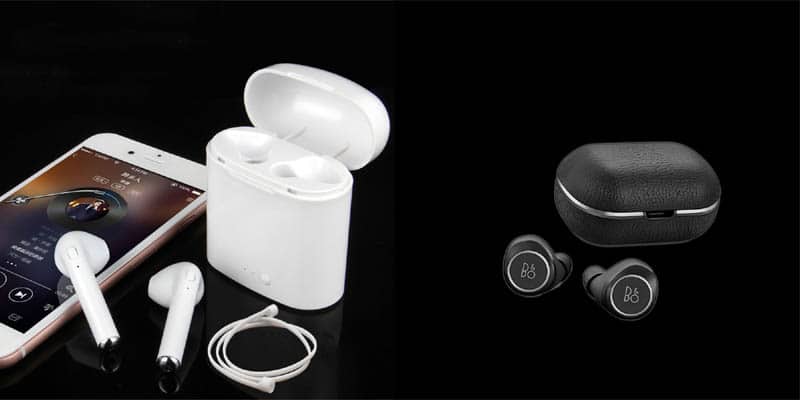All wireless headphones currently sold on the market use rechargeable batteries to function. Usually the charging procedure is the same in most popular models.
If you still don’t know how to do it, don’t worry. Here’s a step-by-step guide that explains the entire procedure with all the details.

How to Work Wireless Headphones?
Conventional wired headphones work with the sound source’s current to operate. In the case of wireless headphones, there’s no physical connection that allows current transfer.
For that reason, wireless headphones need a totally independent power source to function. Rechargeable lithium batteries are the perfect solution for this problem.
Depending on the size and model of the wireless headphones, the batteries may vary in shape and size. Usually, larger models use flat and rectangular shaped batteries, similar to those used in modern smartphones.
In case you need to replace the battery of your equipment, you’ll have to visit a specialized store or research on the Internet. These types of batteries aren’t very common and usually each brand makes its own type of battery.
Recharging the battery of your wireless headphone is as simple as recharging a smartphone. You only need a transformer with a 5V-output, a USB cable and a nearby outlet.
Depending on the amperage of the charger, some models may be faster than others to charge the battery 100%. It’s convenient to always use original chargers, if possible from the same brand of you headphones.
It’s well known that generic chargers can cause many problems, including battery overheating. Using poor quality products will decrease your headphones’ useful life.
Step by Step Guide of How to Charge Wireless Headphones
If you know how to charge the battery of your smartphone, it will surely not take you long time to understand how to charge wireless headphones. The procedure is very similar, although it may take several hours to reach a 100% load. This is what you need to do:
01. Turn Off Your Wireless Headphones
During the charging process, most headphones must remain off. Some models automatically turn off during this process.
02. Attach the USB Cable to the Transformer
It’s possible that in your case, the transformer and the USB cable are separate parts. In that case, you just have to attach both to start charging. In some cases, the transformer and the cable form a single piece.
03. Check the Transformer Output Voltage
If you’re using a generic electric charger, make sure the output voltage matches the input voltage of your wireless headphones. If the value of the output voltage exceeds twice the required voltage, your wireless headphones will burn instantly.
Using generic chargers with output voltages higher than required may cause battery overheating and damage of electronic components of your wireless headphones. Don’t forget this important advice.
04. Connect the Transformer to the Outlet
Once you’ve verified the voltage, you can connect the charger to the outlet.
05. Connect the USB Cable to Your Wireless Headphones
Most modern wireless headphones charge via a USB cable. However, some use other types of cables with different terminals. You just have to find the power port and connect the corresponding cable.
Models that use USB cable can connect directly to a computer’s USB port. However, the charging process is usually slower in these cases because the current is lower.
06. Wait As Long As Necessary
Depending on the input current, the charging process may vary. Larger models of wireless headphones can take up to 2 hours to fully charge.
Try not to leave the headphone connected to the power source for longer than required. This could cause overheating and could damage the device in the future.
Conclusion
Charging simple wireless headphones may seem simple, but if you don’t take proper precautions you could damage them. Connecting to a transformer without first checking the output voltage is like crossing a highway with your eyes closed.
If you want your wireless headphones to last longer, don’t charge for longer than necessary. Unplug immediately in case of heating.

Leave a Reply
You must be logged in to post a comment.